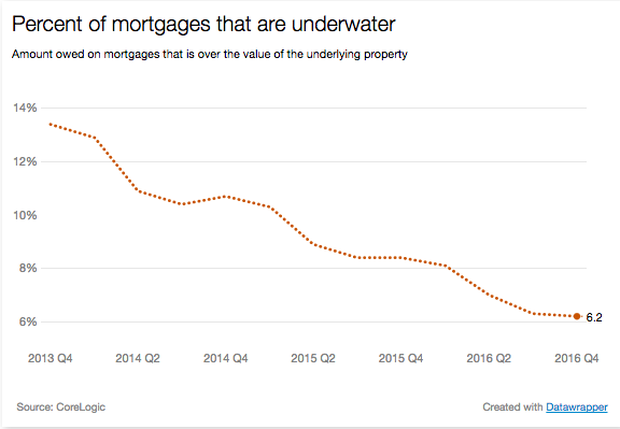Snoqualmie Pass Real Estate, Snoqualmie
Pass Properties, Snoqualmie Pass Homes, Snoqualmie Pass Lots, North Bend Real
Estate, Snoqualmie Real Estate, Suncadia Real Estate, http://www.snoqualmiepassliving.com
How smart cities are leading the charge for transportation and tech infrastructure

The political landscape may be shifting in Washington, D.C., but when it comes to building the high-tech infrastructure for data and transportation, urban planners are thinking globally and acting locally.
That message came through loud and clear at “Connecting Cities, Data and Citizens,” an event presented Wednesday night at Town Hall Seattle by MIT Enterprise Forum Northwest.
Loreana Marciante, project manager for Vulcan’s Smart City Challenge program, said civic leaders shouldn’t wait for the federal government to come up with grand solutions to the infrastructure challenges they face.
“Just like everyone else, we’re watching what’s happening in Washington, D.C., and I don’t think anyone has real answers,” Marciante said. “Anything is possible in the next four years. But we do look at cities as the solution. … Those are where the new frontiers are going to come from.”
Some of those new frontiers were pioneered by the Smart City Challenge, which was backed by the U.S. Department of Transportation as well as the philanthropic arm of Seattle billionaire Paul Allen’s Vulcan Inc. Seattle and 76 other U.S. cities competed for $50 million in grants by laying out their visions for high-tech transportation systems.
The winning city was Columbus, Ohio – but Seattle is no slouch when it comes to infrastructure technology. The city’s chief technology officer, Michael Mattmiller, pointed to several current and future initiatives:
- Data.Seattle.gov, which offers open data on subjects ranging from crime statistics to building permits to traffic snags.
- Seattle RainWatch, which serves as an early warning system for downpours that can tax the city’s storm drains.
- MetroLab Network, a nationwide smart-city consortium that the City of Seattle and the University of Washington joined in 2015.
- The Array of Things, another nationwide initiative that uses advanced sensors to monitor urban air quality, noise and traffic.
Mattmiller noted that the rise of “Big Data” in urban settings can raise privacy concerns. He pointed to past brouhahas over security cameras installed along the city’s shoreline and a cellphone tracking system that helps the city monitor downtown traffic.
The data flow could become even bigger with the rise of 5G data networks, which are expected to be at least 10 times faster than today’s 4G networks. Last month, Verizon announced that it would start phasing in 5G service in Seattle over the coming year.
To address the coming challenges, and to keep Seattleites clued in about the implications of smart cities for privacy and cybersecurity, Mattmiller said he’s planning a smart-city forum for citizens this fall. (The city is also planning to hire a smart-city coordinator.)
Urban development geeks needn’t wait until the fall to join the movement: This weekend there’ll be an AEC Hackathon at UW’s Center for Research and Education in Construction. (AEC stands for Architecture, Engineering and Construction). The event is aimed at developing data-based solutions to the problems facing “built environments.”
Transportation is another challenge facing the region, and on that issue, one of the leading cities happens to be Portland, our neighbor on the Oregon side of the Columbia River. Portland was one of the seven finalists in the Smart City Challenge, and the host city for last month’s NIST Global City Teams Challenge Super Action Cluster Summit. (Which sounds like the title of a superhero meet-up.)
Marciante said switching from gasoline-fueled vehicles to electric vehicles is a big part of Vulcan’s vision for addressing global transportation needs as well as the challenge of climate change. “The only way we will reach our climate stabilization objective is to electrify our transportation system,” she said.
Once again, Portland is one of the cities leading the way: Last December, Portland’s city council approved a broad strategy to boost electric cars as well as electric bikes.
Is Portland outpacing Seattle when it comes to smart-city initiatives? Marciante’s answer was suitably diplomatic, considering that her boss owns the Seattle Seahawks as well as the Portland Trail Blazers.
“I would never get in the middle of those two cities,” she said. “They are both leading cities, in my estimation.”
Snoqualmie Pass Real Estate, Snoqualmie
Pass Properties, Snoqualmie Pass Homes, Snoqualmie Pass Lots, North Bend Real
Estate, Snoqualmie Real Estate, Suncadia Real Estate, http://www.snoqualmiepassliving.com


